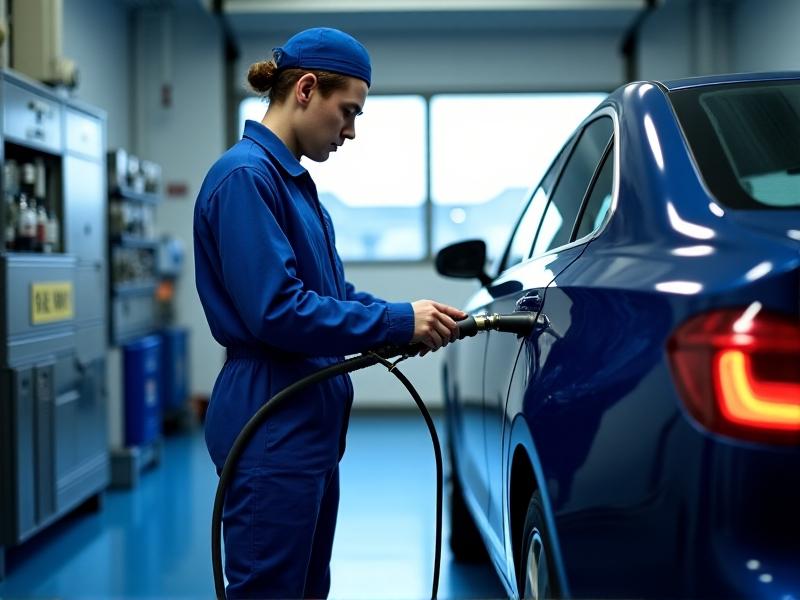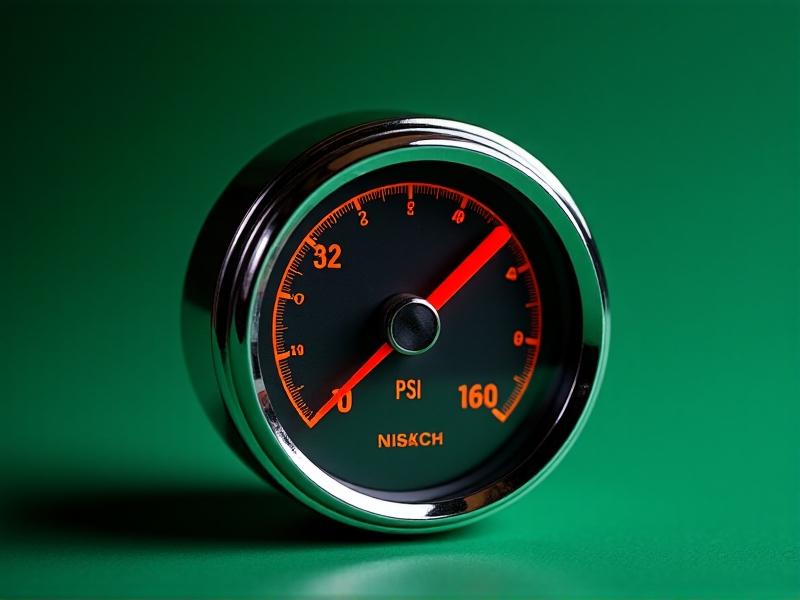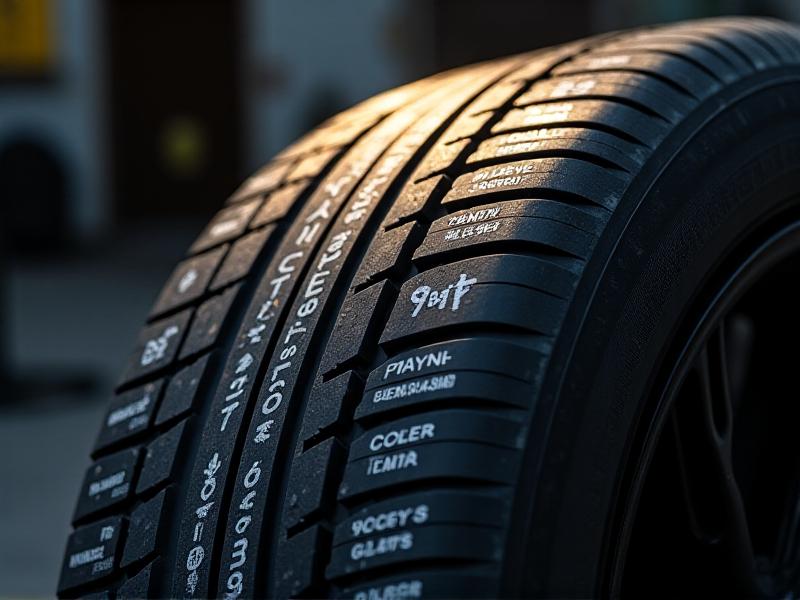```html
The Hype Around Nitrogen: What’s the Big Deal?
Nitrogen inflation for tires has been touted as a premium service at dealerships and tire shops for years. Advertisements claim it improves fuel efficiency, extends tire life, and enhances safety. But how much of this is rooted in science, and how much is clever marketing? To answer this, we need to unpack the origins of nitrogen use. Initially adopted in aviation and racing—where extreme conditions demand precision—the practice trickled down to consumer vehicles. But does the average driver really need it, or is it an upsell in disguise?

The Science of Nitrogen vs. Regular Air
Regular air is 78% nitrogen, 21% oxygen, and 1% trace gases. Nitrogen proponents argue that pure nitrogen’s larger molecular size reduces permeability through tire rubber, maintaining pressure longer. While oxygen molecules escape more easily, studies show the difference in pressure loss between nitrogen and air is minimal—about 1-2 PSI over months. Temperature stability is another claim: nitrogen’s inert nature supposedly minimizes pressure fluctuations during heating. However, the ideal gas law affects all gases similarly, making this benefit negligible for everyday driving.

Marketing Claims vs. Real-World Benefits
Marketing often oversells nitrogen’s advantages. For example, “improved fuel economy” hinges on proper tire pressure, achievable with air. Similarly, “extended tire life” ignores that wear is influenced more by alignment and driving habits. The most exaggerated claim? Nitrogen prevents tire aging. While oxygen can oxidize rubber over decades, modern tires contain antioxidants that neutralize this effect. Unless you’re storing vintage cars, this perk is irrelevant.

Environmental and Cost Considerations
Producing pure nitrogen requires energy-intensive processes like cryogenic distillation. While shops argue it reduces tire waste, the environmental payoff is murky when factoring in production emissions. Cost-wise, nitrogen fills typically range from $5 to $10 per tire, whereas air is free. Over a vehicle’s lifespan, this adds up—especially when the benefits are marginal. For fleet operators or frequent drivers, the math might differ, but most commuters won’t recoup the cost.

When Does Nitrogen Make Sense?
Nitrogen shines in niche scenarios. Racing teams use it to eliminate moisture, ensuring consistent pressure during high-speed laps. Similarly, aircraft tires face rapid temperature shifts where predictability is critical. For everyday drivers, extreme climates (e.g., desert heat or Arctic cold) might justify it, but even then, regular pressure checks matter more than the gas inside.
Expert Opinions and Final Recommendations
Automotive engineers and organizations like the NHTSA agree: proper inflation is key, regardless of gas type. Nitrogen isn’t a scam, but it’s not a miracle either. If you value convenience and can afford it, nitrogen might reduce pressure checks from monthly to quarterly. For most drivers, though, sticking with free air and a reliable gauge is the practical choice.



